10 Best Herbal Teas For Pink Eye

Herbal teas can be a natural and soothing remedy for the symptoms of pink eye, offering mild anti-inflammatory and antimicrobial properties that may help reduce irritation and redness.
Chamomile, green tea, and calendula are commonly used herbs known for their calming effects on the eyes and may help alleviate discomfort. To use these teas, they should be cooled to room temperature and applied as compresses over the affected eye several times a day. While herbal teas can provide relief, they should not replace professional medical advice, especially if symptoms persist or worsen.
It is important to consult a healthcare provider to determine the underlying cause of pink eye and ensure appropriate treatment.
FREE Herb Drying Checklist
How to make sure every batch retains maximum flavor, color, and aroma without the risk of mold or over-drying. Eliminate guesswork and trial-and-error, making herb drying faster, easier, and more efficient every time.
Table of Contents
1. Hypericum perforatum

Hypericum perforatum, commonly known as St. John's Wort, is a herbal plant that has been traditionally used for its medicinal properties.
While it is well-known for its potential benefits in treating mild depression, some people have explored its use in herbal teas for pink eye due to its anti-inflammatory and antimicrobial properties. However, it is important to note that there is limited scientific evidence supporting the effectiveness of St. John's Wort tea specifically for treating pink eye. The use of this herb may also interact with certain medications, so it is advisable to consult a healthcare professional before using it for eye conditions.
Despite its popularity in alternative medicine, pink eye typically requires proper medical treatment, and relying solely on herbal remedies may not be sufficient for effective recovery.
2. Matricaria chamomilla

Matricaria chamomilla, commonly known as chamomile, is a herbal tea often used for its soothing and anti-inflammatory properties.
While it is not a cure for pink eye, some people use chamomile tea as a complementary remedy to help alleviate mild symptoms such as redness and irritation. The tea contains compounds like flavonoids and bisabolol, which may have mild antiseptic and calming effects on the eyes. To use it, some people apply cooled chamomile tea as a compress over the affected eye.
However, it is important to consult a healthcare professional before using any herbal remedy for pink eye, as it may not be effective for all cases and could potentially cause irritation if not used properly.
3. Camellia sinensis
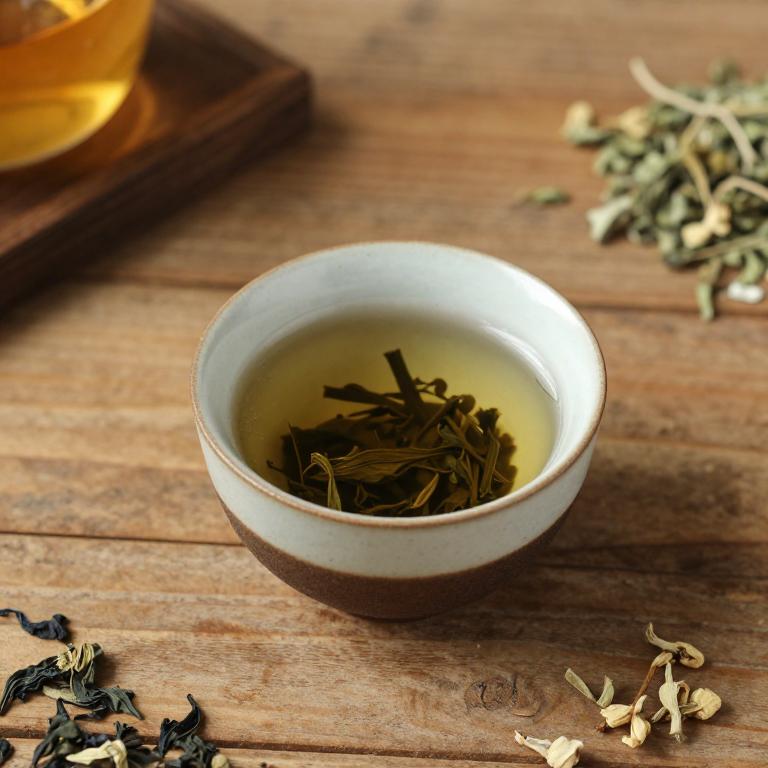
Camellia sinensis, the plant from which green and black teas are derived, contains bioactive compounds such as catechins and antioxidants that may support eye health and reduce inflammation.
While there is no conclusive scientific evidence that Camellia sinensis herbal teas can cure pink eye, some studies suggest that its anti-inflammatory and antimicrobial properties could potentially alleviate symptoms in mild cases. Herbal teas made from Camellia sinensis are often consumed for their soothing effects, which may provide temporary relief from irritation and discomfort associated with pink eye. However, it is important to consult a healthcare professional for proper diagnosis and treatment, as pink eye can be caused by various factors including bacteria, viruses, or allergens.
As a complementary therapy, Camellia sinensis tea may be used alongside conventional treatments to support overall eye health and wellness.
4. Urtica dioica
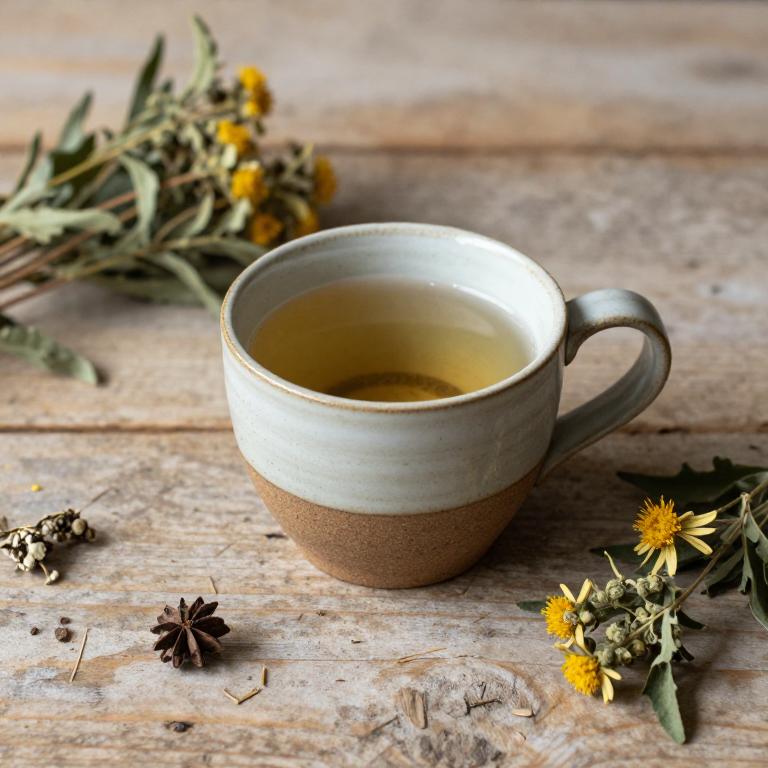
Urtica dioica, commonly known as stinging nettle, has been traditionally used in herbal medicine for its anti-inflammatory and antiseptic properties.
While there is no scientific evidence supporting the use of stinging nettle tea for treating pink eye, some proponents suggest that its high concentration of antioxidants and minerals may help reduce eye irritation and inflammation. To prepare the tea, fresh or dried stinging nettle leaves are steeped in hot water for several minutes. However, it is important to note that pink eye, or conjunctivitis, is often caused by bacteria, viruses, or allergens, and should be treated with proper medical care rather than relying solely on herbal remedies.
Always consult a healthcare professional before using any herbal treatment for eye conditions to ensure safety and effectiveness.
5. Rosa canina

Rosa canina, also known as rosehip, is a traditional herbal remedy that has been used for its potential anti-inflammatory and antioxidant properties.
When brewed into a tea, rosa canina may help support eye health due to its high content of vitamin C and other bioactive compounds. While there is limited scientific evidence specifically linking rosa canina tea to the treatment of pink eye, some holistic practitioners recommend it as a complementary therapy to reduce inflammation and boost the immune system. It is important to note that rosa canina tea should not replace conventional medical treatments for pink eye, especially if symptoms are severe or persistent.
As with any herbal remedy, it is advisable to consult a healthcare professional before using rosa canina tea for eye conditions.
6. Salvia officinalis
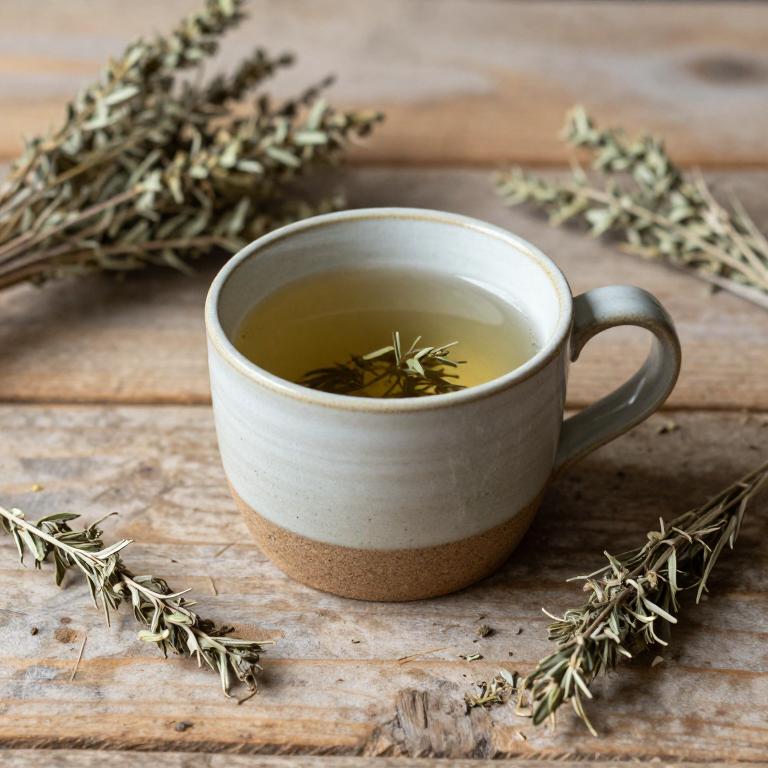
Salvia officinalis, commonly known as sage, has been traditionally used in herbal medicine for its antimicrobial and anti-inflammatory properties.
While there is limited scientific evidence specifically supporting its use for pink eye, some studies suggest that sage may help reduce eye irritation and infection due to its high concentration of flavonoids and essential oils. Sage herbal teas can be prepared by steeping dried leaves in hot water and then cooled before applying to the affected eye with a clean cloth. However, it is important to consult a healthcare professional before using sage for pink eye, as improper use may cause further irritation.
Despite its potential benefits, sage should not replace conventional medical treatments for more severe or persistent cases of pink eye.
7. Achillea millefolium
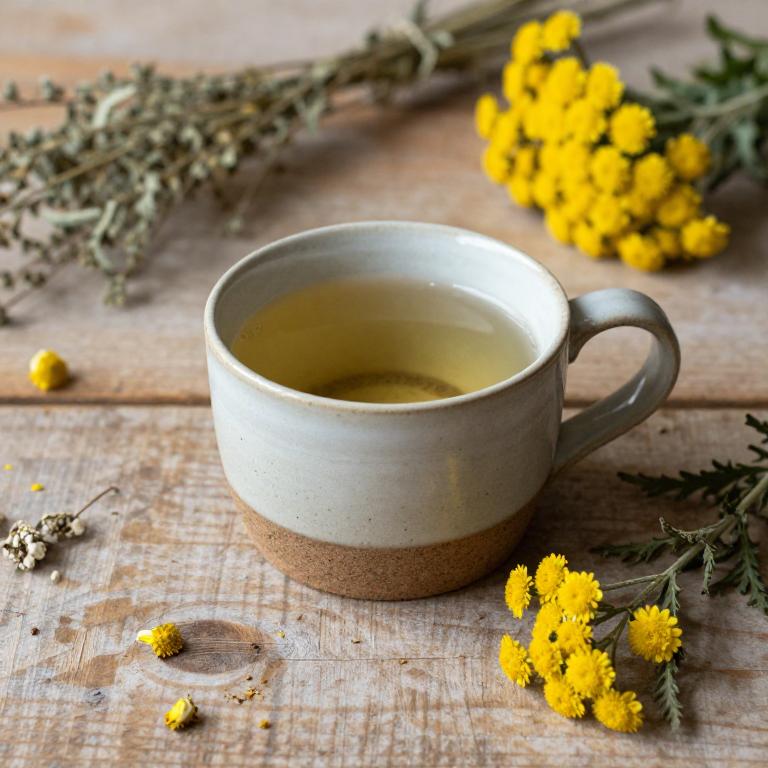
Achillea millefolium, commonly known as yarrow, has been traditionally used in herbal medicine for its anti-inflammatory and antimicrobial properties.
While it is not a substitute for medical treatment, some herbalists suggest that yarrow tea may help alleviate symptoms of pink eye due to its potential to reduce eye irritation and infection. To prepare the tea, steep a few fresh or dried yarrow leaves in hot water for several minutes, then allow it to cool before using as a compress over the affected eye. However, it is important to consult with a healthcare professional before using yarrow for pink eye, especially if symptoms persist or worsen.
Always ensure that the tea is not too hot and that it is used in conjunction with proper hygiene and medical advice.
8. Chamomilla recutita
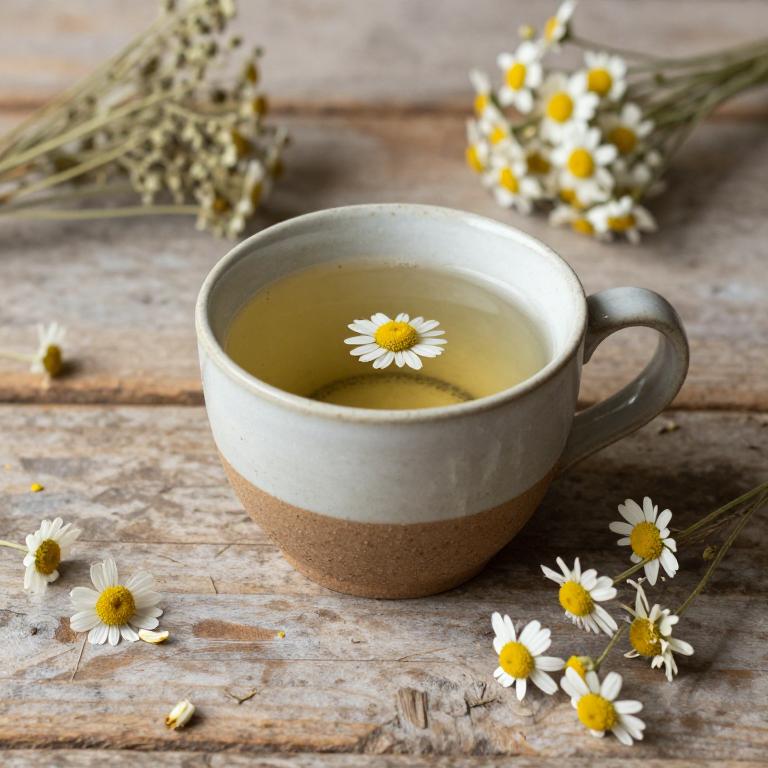
Chamomilla recutita, commonly known as German chamomile, is often used in herbal teas for its calming and anti-inflammatory properties.
While it is not a substitute for medical treatment, some people use chamomile tea as a complementary remedy for mild symptoms of pink eye, such as redness and irritation. The tea is believed to help soothe the eyes when applied as a compress, though its effectiveness for treating infectious conjunctivitis has not been scientifically proven. It is important to consult a healthcare professional before using chamomile or any herbal remedy, especially for eye conditions.
Proper hygiene and medical care remain essential in managing and treating pink eye effectively.
9. Sambucus nigra

Sambucus nigra, also known as elderberry, is a traditional herbal remedy that has been used for its potential anti-inflammatory and antioxidant properties.
While it is not a substitute for medical treatment, some people use sambucus nigra herbal teas as a complementary therapy for conditions like pink eye, believing it may help reduce eye irritation and inflammation. The tea is typically prepared by steeping dried elderberry flowers or berries in hot water, and it is often consumed internally or used as a compress on the affected eye. However, it is important to consult a healthcare professional before using elderberry for pink eye, as it may interact with certain medications or worsen symptoms in some cases.
Due to its limited scientific evidence for treating eye infections, it should be used with caution and under proper medical guidance.
10. Lavandula angustifolia
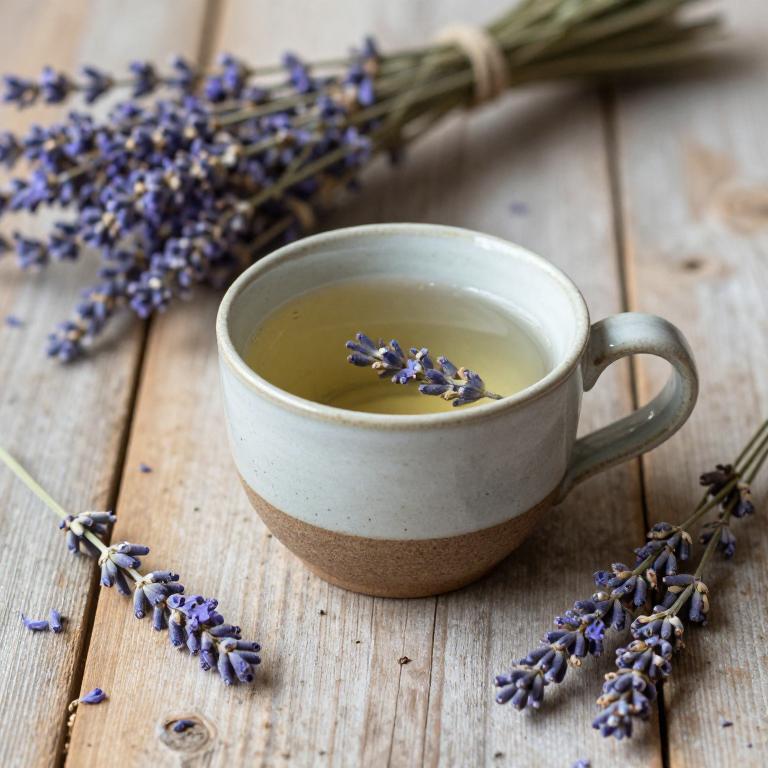
Lavandula angustifolia, commonly known as English lavender, has been traditionally used in herbal teas for its soothing and anti-inflammatory properties.
While it is not a substitute for medical treatment, some people use lavender tea as a complementary remedy for symptoms of pink eye, such as redness and irritation. The essential oils in lavender, particularly linalool and linalyl acetate, may help reduce inflammation and promote healing of the delicate eye tissues. To prepare lavender tea, steep a few dried lavender buds in hot water for several minutes before using it as a compress or drinking it.
However, it is important to consult a healthcare professional before using any herbal remedy, especially for eye conditions like pink eye.